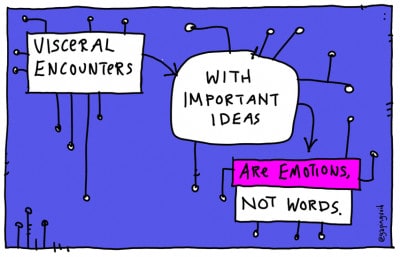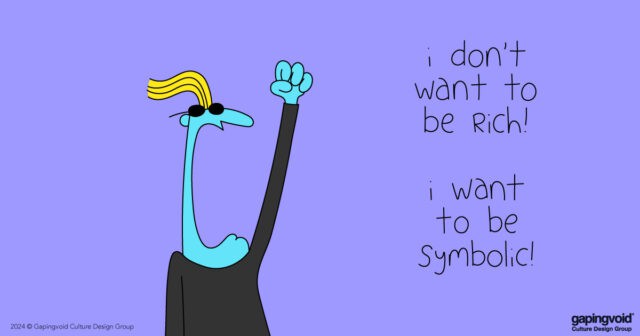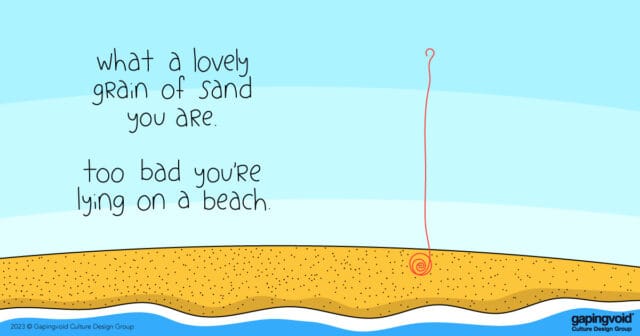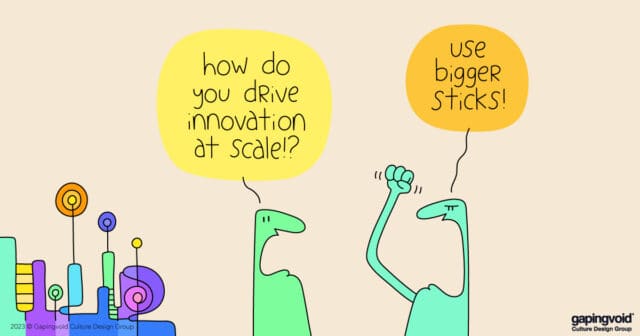Back in the nineties, I used to have a corporate job in a big office on the 26th floor, in downtown Chicago.
The office had a certain smell. Not a bad smell, just the usual, clean, synthetic corporate office smell.
When I was new there, and still terribly excited to have such a blue-chip organization to call my own, I loved that smell.
Every morning when I’d walk into the office, the smell would ignite my senses and I’d immediately get all excited to have a well-paid corporate job.
It was a chemical trigger.
Then as time passed and my career at the company tanked, the job and I became estranged.
As I walked into reception every morning, the smell would immediately fill me with dread the second it hit my olfactory senses.
Bam! Just like that.
Again, it was the chemical trigger.
This time in the negative.
I remember being oddly astounded that the same, neutral, benignly synthetic smell could have such strong yet different effects on me, depending on how I felt about my life and my career.
What did this teach me?
That a job, on some level, is a visceral experience.
White-collar workers are not just money-making androids who go to lots of meetings.
We are also biological bags of meat-water, who evolved to respond to and interact with all kinds of different environments and stimuli over millions and millions of years.
When Jason and I launched Gapingvoid and I became an artist full time, this lesson from 1990’s Chicago stood us in good stead from the start.
1. Art is stimuli. Stimuli affects environment. Environment affects outcomes. Exactly.
2. Every leader wants a certain outcomes. Ergo, every leader will need the right environment to make that happen. Ergo, every environment will need the right art to help a make that happen, too.
It may not be rocket science.
But it is science.




